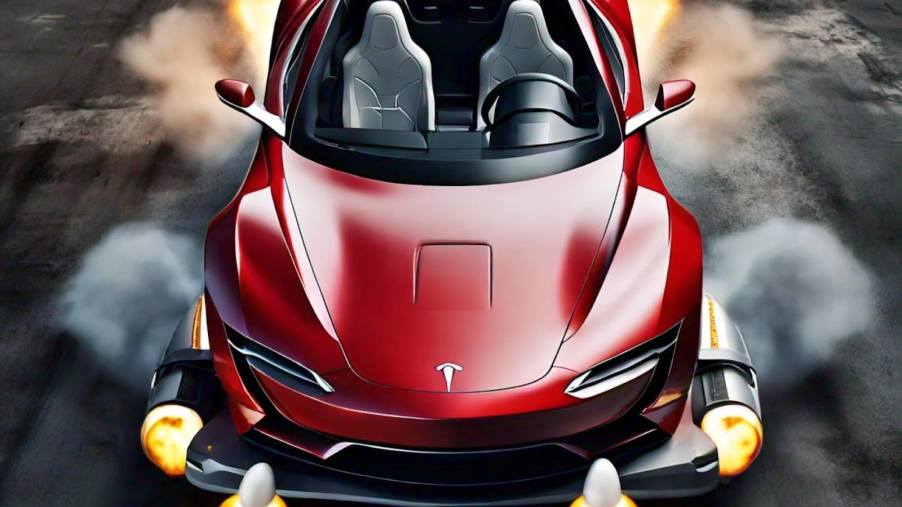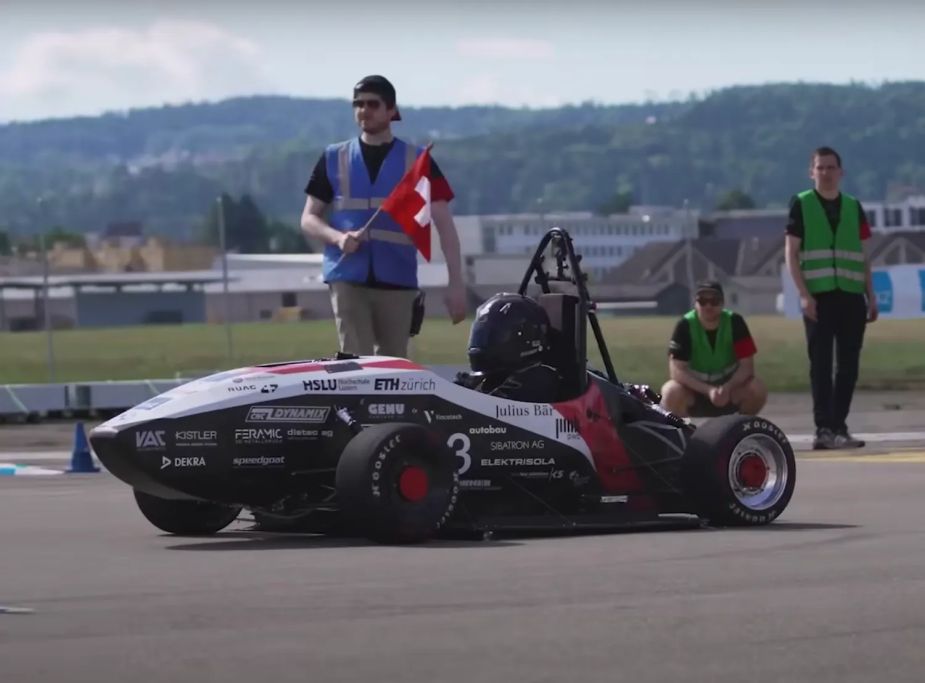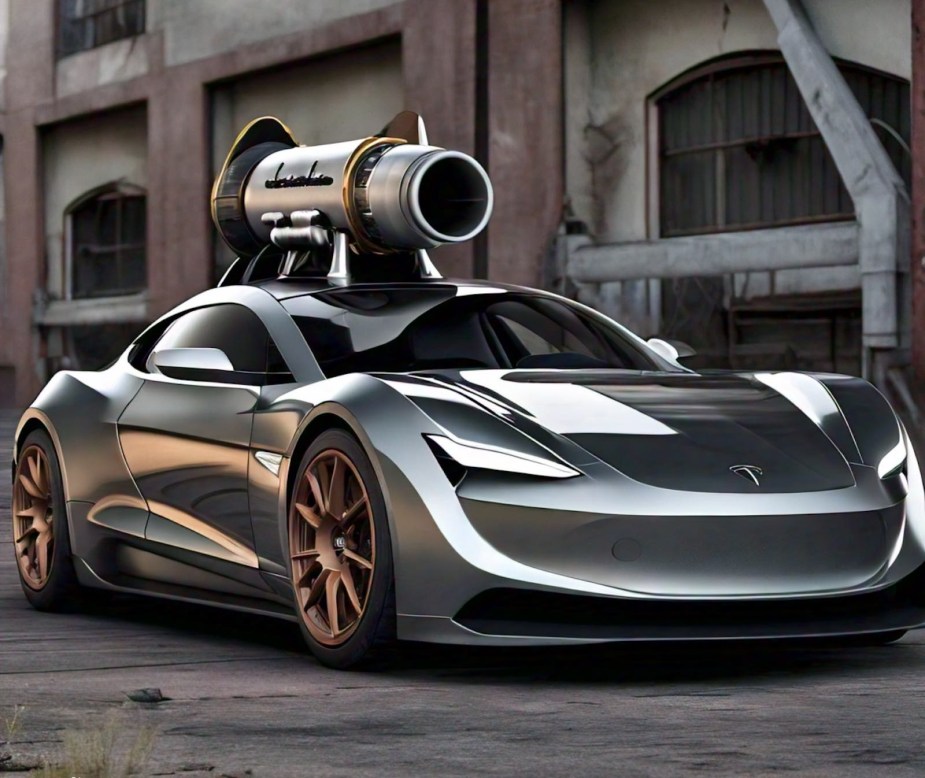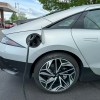
Tesla’s Rocket Car Doesn’t Impress Bugatti-Rimac
I remember when Tesla announced that the Model S Plaid would race to 60 mph in two seconds. The figure had many of us automotive journalists sketching out calculations on napkins and scratching our heads. But then Tesla released the tri-motor performance trim of its 4,700-pound EV sedan. The automaker even let me test one. And I’ll be darned, they did it.
Fast-forward to 2024, and Elon Musk has announced that the Tesla Roadster will able to do 0-60 in less than one second. Some say Tesla wizardry will always find a way. Others argue that this number simply defies the laws of physics: the car will simply not have enough traction for the feat.
Let me explain what a one second 0-60 time entails. First off, no other production car comes even close. The quad-motor Rimac Nevera hypercar comes in at 1.74 seconds. But the overall record is not held by a production car.
A team of engineering students in Switzerland decided to break the record (1.46 seconds) last year. But the vehicle they built to do it could hardly be described as a car. It is the size of a go cart and weighs about 300 pounds. It has an electric motor in each wheel for a total of 326 horsepower. But much of its weight comes from a fan system beneath the vehicle to suck it toward the ground. This is the only way they could get enough traction to not just do a four-tire burnout when you stomp the gas. You can think of it like a reverse hovercraft.

This record-breaking cart does not have a windshield or room for passengers. It has no HVAC system or infotainment. And it certainly doesn’t have enough battery capacity for your commute. With the lightest driver the team could find (a 90 pound student), it reached 60 mph in 0.956 seconds.
You can see why many experts are skeptical that a full-size two-seat roadster with a heavy battery pack could ever replicate this record-breaking run.
Will the Roadster even able to hit these numbers? And how? The biggest clue we have is that it is labeled a Tesla/SpaceX joint project. Yup, it looks like Elon Musk is engineering a sports car with rocket boosters.
Of course I have questions: How will this even work? Will it have a loud compressor like you hear in a tire shop? Or will you need to pour aviation fuel into your environmentally friendly “EV?” Are rocket cars legal on public streets? If you punch the afterburner off the stop light, will you light the minivan idling behind you on fire?
I’m no expert on rocket-propelled cars. But the CEO of Bugatti-Rimac knows a thing or two about them. The Croation Exec said of a one-second 0-60 “It is possible with thrusters…We did the simulation.”

That’s right, during early design it looks like Rimac considered putting boosters on the Nevera. Apparently it even looked at fan-car technology, like on the record-breaking cart. But for a full-size car, the added weight of fans would be “massive.” And the weight with boosters would be no joke.
“Problem [with boosters] is you release the air in 2-3 seconds, and then you have a lot of dead weight that you are carrying around (tanks, compressor, valves, nozzles, etc.).”
Maybe boosters add a ton of weight. Maybe they don’t have to. Unlike Rimac, Elon Musk does employ droves of actual rocket scientists. He said the Tesla Roadster is fully designed, will break the Rimac’s 0-60 record, and that its acceleration numbers are “the least interesting part.”
“I think it has a shot at being the most mind-blowing product demo of all time,” Elon Musk. Buckle up.
Here are a few numbers: said Tesla would reach 60 mph in just 40 feet. That’s less than the distance of a full-size basketball court. Imagine if the driver tapped the accelerator by accident. Here’s another number: a 250-pound man doing 0-60 in the Tesla Roadster would feel as if he had 10 45-pound weightlifting plates stacked on his chest. That’s because, in addition to his weight pushing you down in the seat, 2.7-Gs of force will push you backward in the seat. Most humans–even without training–won’t begin to black out until around 4 Gs. But some might.
Next, read how the Rimac Nevera set a 170-mph record in reverse, or see the record-breaking student-built fan cart for yourself in the video below:




